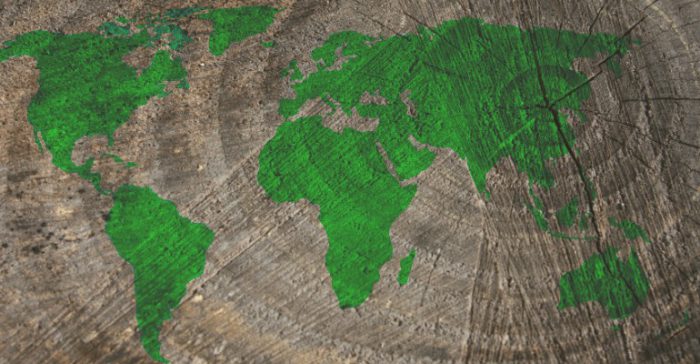Amber Plante, ERS, for Zondits. April 21, 2016
All eyes will be on United Nations headquarters in New York on April 22, 2016, as United States President Barack Obama, Chinese President Xi Jinping, and representatives from approximately 150 other countries gather to sign the Paris Agreement, a historic document that tackles climate change head-on by reducing the effects of climate change on global temperatures and empowering citizens to reduce their carbon footprints. This gathering of world leaders also signifies the single-largest signing of an international agreement in human history.
The Paris Agreement was drafted and negotiated at the United Nations Framework Convention on Climate Change in late 2015, merely 2 weeks after the terrorist attacks at a nearby concert venue and nightclubs shocked the world. Laurent Fabius, France’s foreign minister, said of the Paris Agreement that this “ambitious and balanced” climate plan was a “historic turning point” in the goal of reducing global warming. The agreement calls for greenhouse gas (GHG) emissions reductions starting in 2020. Each individual country will need to ratify the agreement and create legislation to ensure that it is enacted.
The US and China were instrumental in their pledges to help keep global temperatures from rising more than 2°C, a point of contention for critics who think the agreement does not do enough to halt climate change or reduce GHG emissions.
According to a December 2015 article in The Guardian, “Richard Chatterton, head of climate policy at Bloomberg New Energy Finance, which provides analysis used by investors, said: ‘The deal reached in Paris is weak, containing no concrete increase in the level of ambition to address climate change, and simply urges countries to do more over time.’”
Conversely, the Washington Post hailed the agreement, stating “Opponents, including many in Congress, can no longer claim that action is pointless because big emitters such as China will never cooperate.” The Paris Agreement is the first major climate agreement that China – with a population of nearly 1.4 billion people – has been a part of, which is a huge step forward for the reduction of GHG.
The agreement also calls on normal citizens to increase their education and roles in supporting efforts to curb climate change and reduce GHG emissions. A recent study from IOPscience shows a staggering consensus: 97% of the world’s top climate scientists state that humans are the main cause of climate change. For more ideas on how to take a fresh look at reducing your own carbon footprint, click here.
